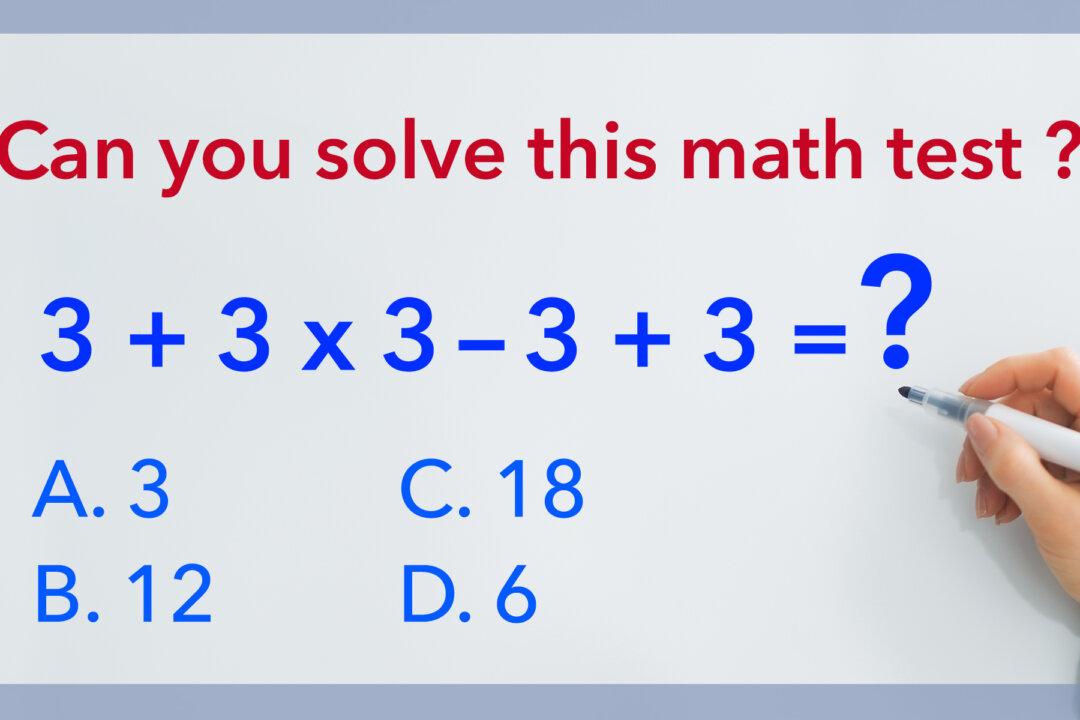Some of you are probably groaning, “Oh no, not math!” For many people, one of the joys of being out of school is that we never have to do an interminable series of problems with the clock ticking in the background.
But as you probably already know, math wasn’t just some absurd hurdle you had to jump over to get your diploma. Try figuring out your insurance, taxes, or even a tip at the restaurant without some basic math skills. You’re not going to get far.






